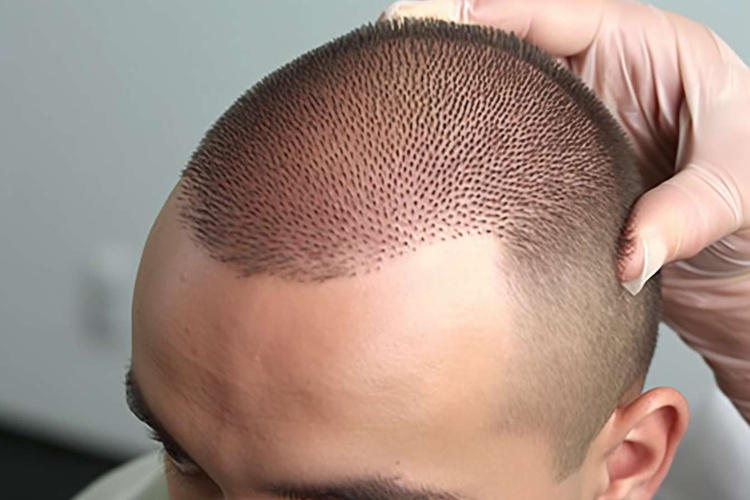Understanding Eye Bags: Causes, Solutions, and Preventive Measures
A common concern in the realm of skin and hair care is the appearance of eye bags. These are the puffy, saggy areas that develop under the eyes and can often make a person look tired, aged, or unwell. The skin around our eyes is the thinnest in our body, which makes it more susceptible to changes brought on by various internal and external factors. Eye bags can occur due to a multitude of reasons, including aging, lack of sleep, excessive salt consumption, allergies, and hereditary factors.

Historically, eye bags were seen as an inevitable part of aging. However, advances in research and technology have allowed us to understand the causes better and develop solutions for managing and even preventing this skin concern.
The Role of Aging and Lifestyle Factors
As we age, the muscles and tissues that support our eyelids can weaken, causing the fat that is usually confined to the area around the eye to move into the lower eyelids, resulting in a puffy appearance. Fluid can also accumulate in this area, further enhancing the swollen look.
Lifestyle factors play a significant role in the development of eye bags. Lack of sleep, unhealthy diet, excessive consumption of alcohol, smoking, and high stress levels can all exacerbate the occurrence of eye bags.
Treatment Options for Eye Bags
In today’s beauty and wellness landscape, a wide range of treatments are available to mitigate the appearance of eye bags. From home remedies like cold compresses, cucumber slices, and tea bags to cosmetic procedures like fillers, laser resurfacing, and eyelid surgery, consumers have a plethora of options to choose from.
Non-surgical treatments like dermal fillers can provide temporary relief from eye bags. They work by filling in the hollow area under the eye, reducing the appearance of puffiness. However, they require regular maintenance as the results typically last for only a few months to a year.
On the other end of the spectrum, eyelid surgery, or blepharoplasty, offers a more permanent solution. This surgical procedure involves removing excess skin, muscle, and sometimes fat from the eyelids to reduce puffiness and sagging.
The Impact of Eye Bags on Self-Perception and Confidence
The appearance of eye bags can have a profound impact on an individual’s self-perception and confidence. A study published in the Journal of Cosmetic Dermatology found that eye bags were associated with perceptions of fatigue, aging, and unattractiveness. This aligns with the societal notion that clear, bright eyes are a symbol of youth, vitality, and health. Therefore, it’s understandable that many people seek treatments to address this concern.
Prevention is Better Than Cure: Tips to Avoid Eye Bags
While treatment options are available, it is essential to understand that prevention is better than cure. Here are a few preventative measures that can help keep eye bags at bay:
- Sleep Well: Ensure you’re getting enough sleep and try to maintain a regular sleep schedule. Sleep deprivation can cause your skin to become pale, making dark tissues and blood vessels beneath your skin more noticeable.
- Stay Hydrated: Hydration plays a key role in maintaining healthy skin. Drinking plenty of water can help reduce puffiness and maintain a youthful appearance.
- Limit Salt Intake: Excessive salt intake can lead to fluid retention, causing swelling around the eyes. Try to limit your salt intake and consume a balanced diet.
- Avoid Alcohol and Tobacco: Both can dehydrate your skin, making it more prone to developing wrinkles and eye bags.
In conclusion, while eye bags are a common skin concern, understanding their causes and adopting preventive measures can help manage their appearance. Moreover, numerous treatment options, both surgical and non-surgical, can help reduce the visibility of eye bags, restoring a youthful and refreshed appearance.




